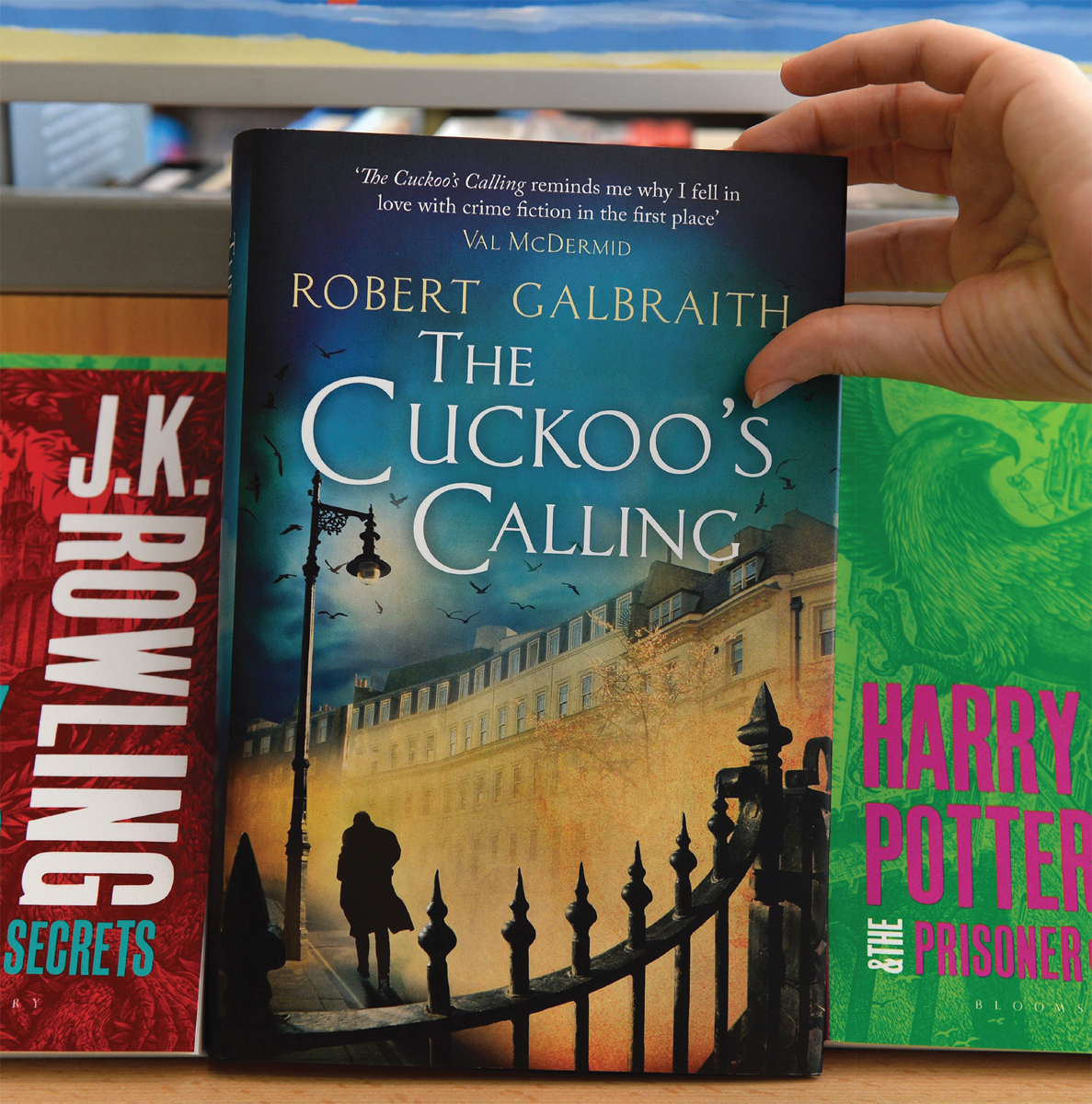Chapter 10 Introduction
WORDS AND PICTURES
10
Books and the Power of Print
The History of Books from Papyrus to Paperbacks
Modern Publishing and the Book Industry
Trends and Issues in Book Publishing
The Organization and Ownership of the Book Industry
Books and the Future of Democracy

Amazon is all about customer service. Its mission is plainly stated in its corporate documents: “We seek to be Earth’s most customer-
Yet in 2014, customers looking for books from a certain publisher on its Web site might not have found or purchased them so easily. For some books, Amazon’s usual “one-
The problem wasn’t a few suddenly malfunctioning pages but Amazon’s disagreement with Hachette, one of the world’s largest publishers. In all, Hachette reported, “Amazon has limited its customers’ ability to buy more than 5,000 Hachette titles.”3
Amazon, which controls more than 40 percent of U.S. book sales, offered terms for new e-
The dispute took on David-
Other retailers, including Walmart, Barnes & Noble, Powell’s, and independent booksellers, took advantage of Amazon’s snub to get a bigger piece of Hachette sales. Colbert even plugged one of the affected books, California—the first novel of Edan Lepucki—
For its defense, Amazon released a statement saying, “When we negotiate with suppliers, we are doing so on behalf of customers.”7 But Amazon’s success in controlling prices, on behalf of its customers, would both enrich Amazon and change the entire nature of the publishing industry, the Atlantic argued: “More liberal discounting practices will give Amazon the power to continue to gain market share and it’s easy to imagine a scenario where it controls three-
The dispute ended in November 2014, with Hachette retaining the power to set its own pricing on e-
IN THE 1950s AND 1960s, cultural forecasters thought that the popularity of television might spell the demise of a healthy book industry, just as they thought television would replace the movie, sound recording, radio, newspaper, and magazine industries. Obviously, this did not happen. In 1950, more than 11,000 new book titles were introduced, and by 2011, publishers were producing over fifteen times that number—
Our oldest mass medium is also still our most influential and diverse one. The portability and compactness of books make them the preferred medium in many situations (e.g., relaxing at the beach, resting in bed, traveling on buses or commuter trains), and books are still the main repository of history and everyday experience, passing along stories, knowledge, and wisdom from generation to generation.
In this chapter, we consider the long and significant relationship between books and culture. We will:
- Trace the history of books, from Egyptian papyrus to downloadable e-
books - Examine the development of the printing press and investigate the rise of the book industry, from early publishers in Europe and colonial America to the development of publishing houses in the nineteenth and twentieth centuries
- Review the various types of books and explore recent trends in the industry—
including audio books, the convergence of books onto online platforms, and book digitization - Consider the economic forces facing the book industry as a whole, from the growth of bookstore chains to pricing struggles in the digital age
- Explore how books play a pivotal role in our culture by influencing everything from educational curricula to popular movies
| Year | Number of Titles |
| 1778 | 461 |
| 1798 | 1,808 |
| 1880 | 2,076 |
| 1890 | 4,559 |
| 1900 | 6,356 |
| 1910 | 13,470 (peak until after World War II) |
| 1919 | 5,714 (low point as a result of World War I) |
| 1930 | 10,027 |
| 1935 | 8,766 (Great Depression) |
| 1940 | 11,328 |
| 1945 | 6,548 (World War II) |
| 1950 | 11,022 |
| 1960 | 15,012 |
| 1970 | 36,071 |
| 1980 | 42,377 |
| 1990 | 46,473 |
| 1996* | 68,175 |
| 2001 | 114,487 |
| 2004* | 164,020 |
| 2010 | 186,344 |
| 2013 | 192,633 |
As you read through this chapter, think about the pivotal role books have played in your own life. What are your earliest recollections of reading? Is there a specific book that considerably influenced the way you think? How do you discover new books? Do you envision yourself reading more books on a phone or tablet in the future? Or do you prefer holding a paper copy and leafing through the pages? For more questions to help you understand the role of books in our lives, see “Questioning the Media” in the Chapter Review.